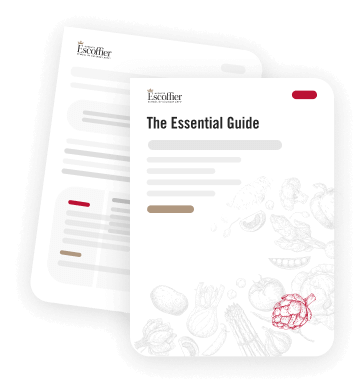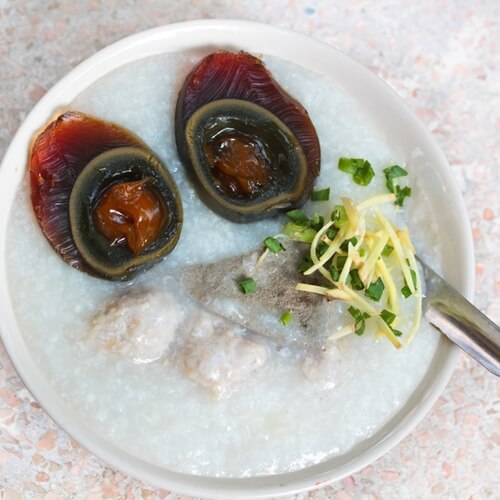Crazy eggs: Pidan and balut

The egg is known for its versatility in the kitchen. Whether they are scrambled, poached, sunny side up or in an omelette, eggs are near-universally adored. However, there yet remain certain duck egg preparations that are largely unknown to western palates. Pidan and balut are two cultural foods that, while common in East Asian countries, are unlikely to be found in your online cooking school curriculum. Keep a lookout for these traditional foods the next time you are at your local Asian market for a true adventurous eating experience.
Pidan
Also known as a century egg, pidan is a traditional Chinese duck egg preparation. It involves taking an egg and curing it in its shell using a coating that is high in alkalines. A mixture of lime (the chemical, not the fruit), rice hulls, ash, salt and clay are tightly packed around the egg, which is then left to sit for a few months or so. The chemical reaction from the coating turns the egg white into a dark amber brown jelly, and the yolk turns an admittedly unappealing shade of green.
Contrary to the common name for pidan, these eggs are not 100 years old. However, the strong ammonia smell of the food may make you think otherwise. The best way to eat a century egg is as an ingredient in some other dish. It is not recommended you eat them plain like a regular hard-boiled egg. Instead, try slicing them up and mixing them into a rice porridge with white pepper and sliced green onion. Or, you can try a century egg salad with sliced pidan, hot chilies and a soy-sesame dressing.
Balut
If you had a hard time keeping your century egg down, you are likely to really struggle with balut. The Filipino snack is made by hard-boiling a partially developed duck embryo. The resulting food is somewhere between a duck and a hard boiled egg and can be a particularly gruesome sight to behold.
To eat balut, hold the egg fat-side up and crack the top. When you do you will find some amniotic fluid that is sipped out first. This fluid has a strong chicken broth flavor. Continue peeling off the shell and you will find the yolk and the embryo. Depending on how long the fertilized duck egg has been allowed to incubate, the embryo could be anywhere from a gray, shapeless mass to a recognizable baby duck with feathers and a beak. Both the yolk and the embryo are traditionally eaten as part of the dish.


